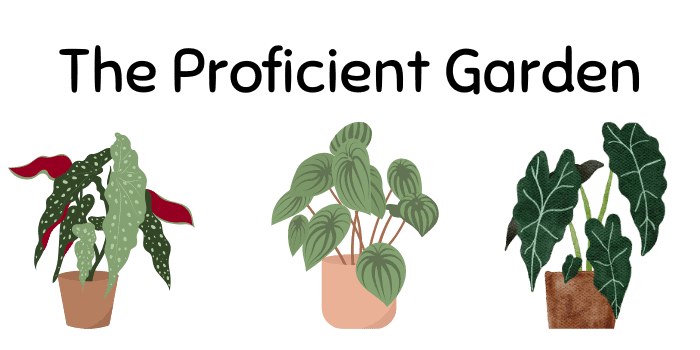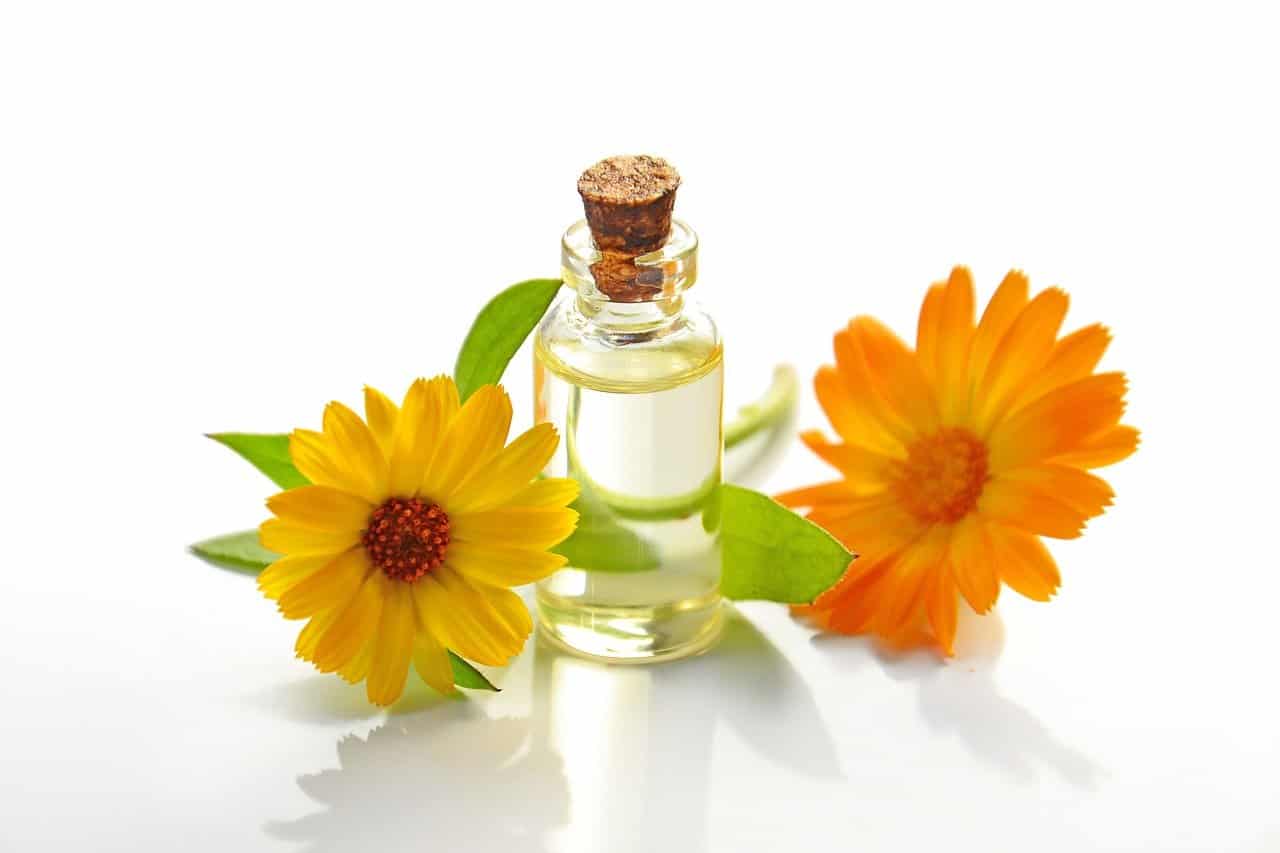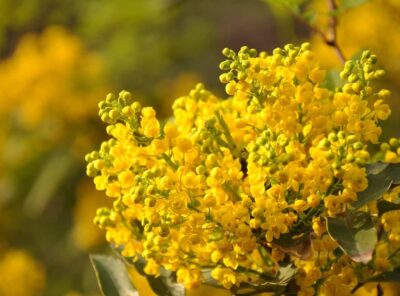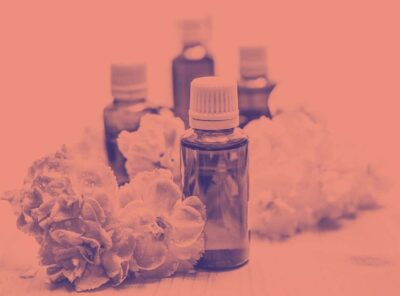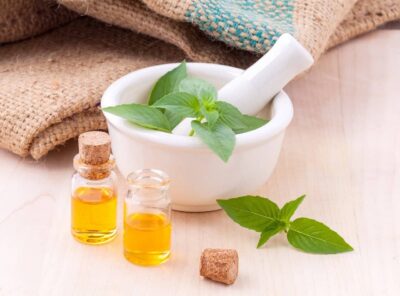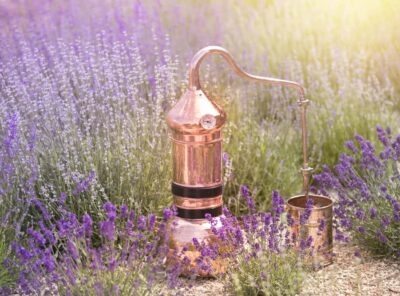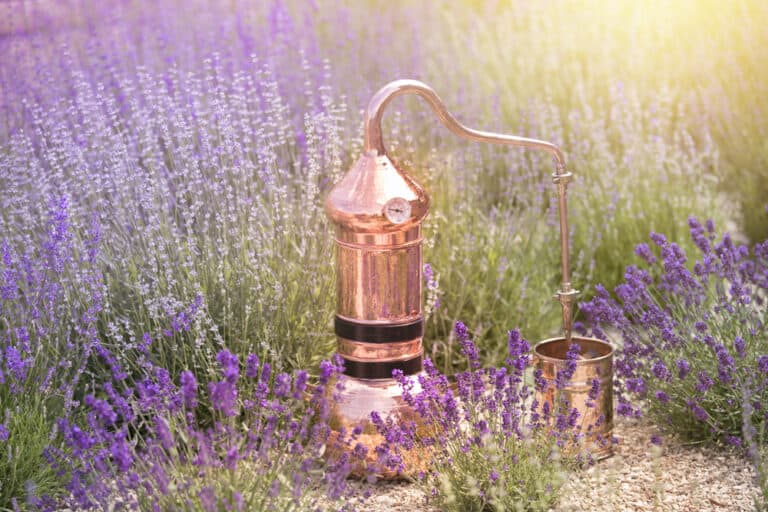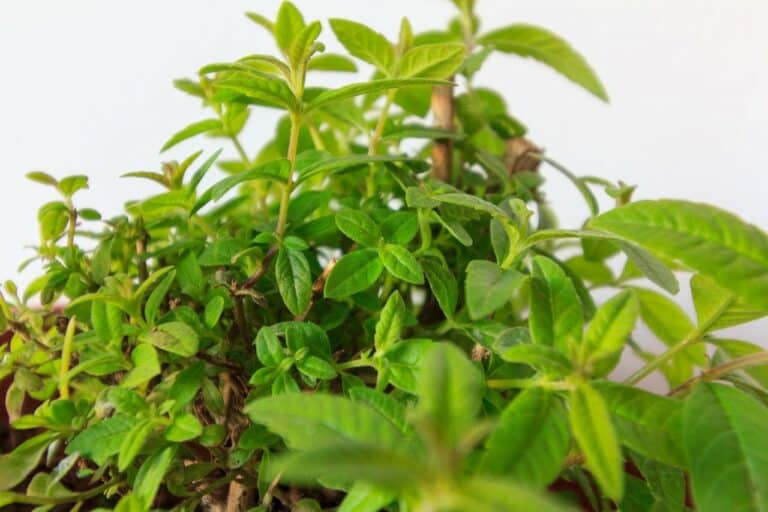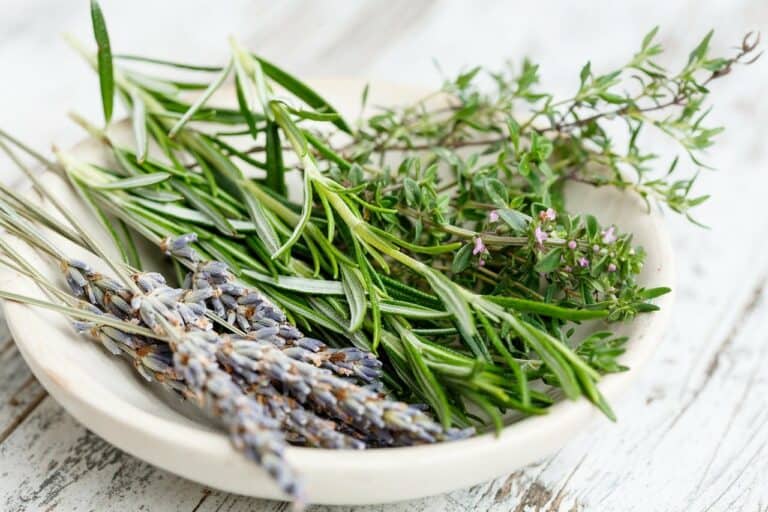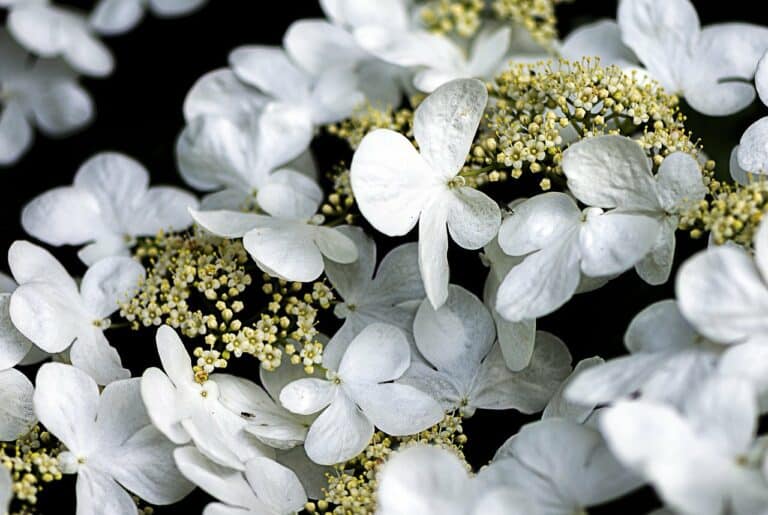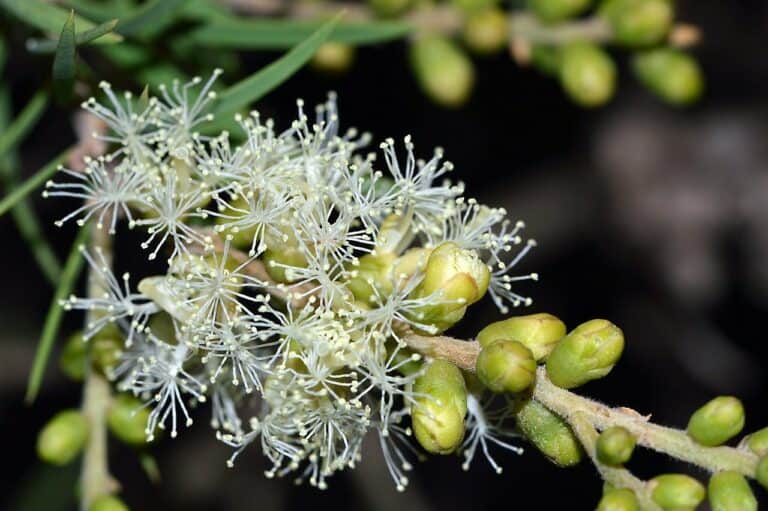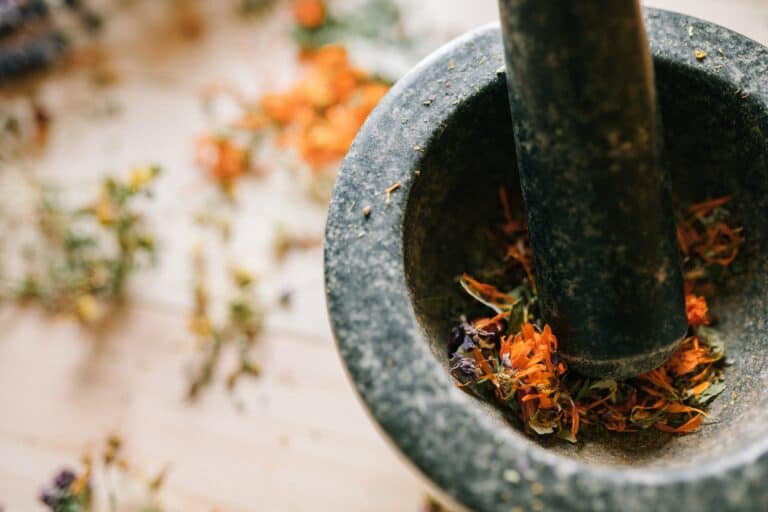| How To Make Essential Oil From Your Garden | Blending Essential Oil | A Brief History Of Essential Oil | Do Essential Oils Expire? |
Table of Contents
How Essential Oils Are Extracted
Essential oil is extracted from different parts of the plant. For example, it can be removed from roots, leaves, flowers, bark, fruits, seeds, etc., since essential oils are the most concentrated form of the plant’s essence, volatile.
Essential oil extraction is nothing less than an art; in ancient times, extraction was performed under the strict supervision of highly skilled and qualified specialists, mainly for medical purposes; however, with time, perfumes became an essential part of
Extraction plays a significant role in maintaining the essential oil quality, and mishandling can cost quality or even result in the essential oil. If the oil is not extracted with care, it can ruin its benefits and nutrients. Hence special attention is required when extracting essential oil while ensuring you get every bit of its goodness.
How to Make Essential Oil
Did it ever occur to you how these oils are extracted? Well, not every essential oil is removed with the same technique. It requires understanding the different procedures for another part of the plant; however, steam distillation has been the most common and widely used extraction method since ancient times. Extraction depends on the botanical composition of the plant.
Steam Distillation
It is the most practiced method of essential oil extraction. In this method, steam vaporizes the plant’s compound oil which goes through the condensation process and is eventually collected.
A large container called “still” holds the plant material extracted. This large container is usually made up of stainless steel. Since stainless steel is odor-free, it doesn’t add any unpleasant smell.
Steam is pushed to the container or chamber through a small valve, already filled with the plant’s part in the extraction process. This steam releases oil from the plant by releasing aromatic molecules and turning them into tiny droplets.
These droplets travel to the condensation flask or chamber. It’s a prolonged process. It is made sure to monitor steam temperature since extra heating can kill or harm the potential goodness of the collected essential oil. It is accumulated drop by drop. From the condenser, it is separated through the separator.
Solvent Extraction
This method involves food-grade solvents like ethanol and hexane to separate the essential oil from the plant’s extraction. This method is usually used for delicate oils, which might lose their essence or quality if pressurized under the steam distillation process. This process produces better and satisfactory results in retaining oil strength or its aroma. This extraction is usually used in the perfume-making process or for aromatherapy purposes.
CO2 Extraction (Carbon Dioxide)
This process helps to keep the natural state of the extracted part. For instance, if a flower is being removed through the carbon dioxide process, it will not alter its raw form. CO2 extracts are usually thicker than the other process. CO2 is odorless and colorless, conveniently removed from the extraction chamber. It’s environmentally safe and human-friendly.
Maceration Process
Infused oils are also called macerated oils. In this process, carrier oils are used as a solvent to extract the essential oil from the plant in question. In this process, plant essence is captured in a better way. As a result, it adds more value to the essential oil with therapeutic effects. In addition, it captures larger molecules as compared to the distillation process. Usually, the extraction opted part of the plant is dried first, so it does not become rancid and avoids microbial growth.
In this process, plant material is chopped down, powdered, and then taken to an airtight container or vessel. The solvent is added, which is usually Menstruum. The mixture can sit for a week or month, depending on the requirements. Next, the liquid is strained and filtered to ensure no residue is left. The juice is then clarified through filtration. After the final maceration process, the material is poured into an airtight container and stored in a cool, dry place.
Enfleurage
The enfleurage process is not used in modern extraction since it’s an old technique. This technique involves extraction through fat; either vegetable or animal fat is used. In this process, fat is infused with the flower’s fragrance, and it’s kind of preserves or absorbs the essence. Odorless and colorless fats are being used in this process. This can be done either hot or cold. This extract is called, “enfleurage pomade”.
Water Distillation
This process is used for delicate flowers. For instance, orange blossoms and roses would clump up. This process is effective for fragile extracts. First, the plant part of the petals is submerged in boiling water. The water protects the extracted oil from overheating to retain its quality. The condensed liquid is then cooled down to separate from each other.
Water and Steam Distillation
In this method, the material to be extracted is submerged in water to which heat is maintained. Steam is processed from the outside of the Still.
Expression
The expression method is used to extract oils from the peel or rind of the fruit. If you have ever squeezed orange or lemon peel, you must have noticed the intensely aromatic crude of the peel’s pores. This oil is extracted through the expression method. Since citrus oils are not suitable when heated, this method of expression is applied to secure the citric peel’s richness. In this method, peel or rinds are squashed into heavy pressure machines while the peels are underwater, then forced through the high-pressure machine.
In short, there are many fascinating methods of essential extraction. It depends on the nature of the molecular structure of the extraction part. However, you can do it at home with limited resources; it takes perseverance and a good understanding of extraction quality and nature. Not all extraction requires commercial equipment, and you can use boiler techniques or oil submerging techniques.
If you are planning to invest in essential oils, check the source of extraction to get the best possible results.
